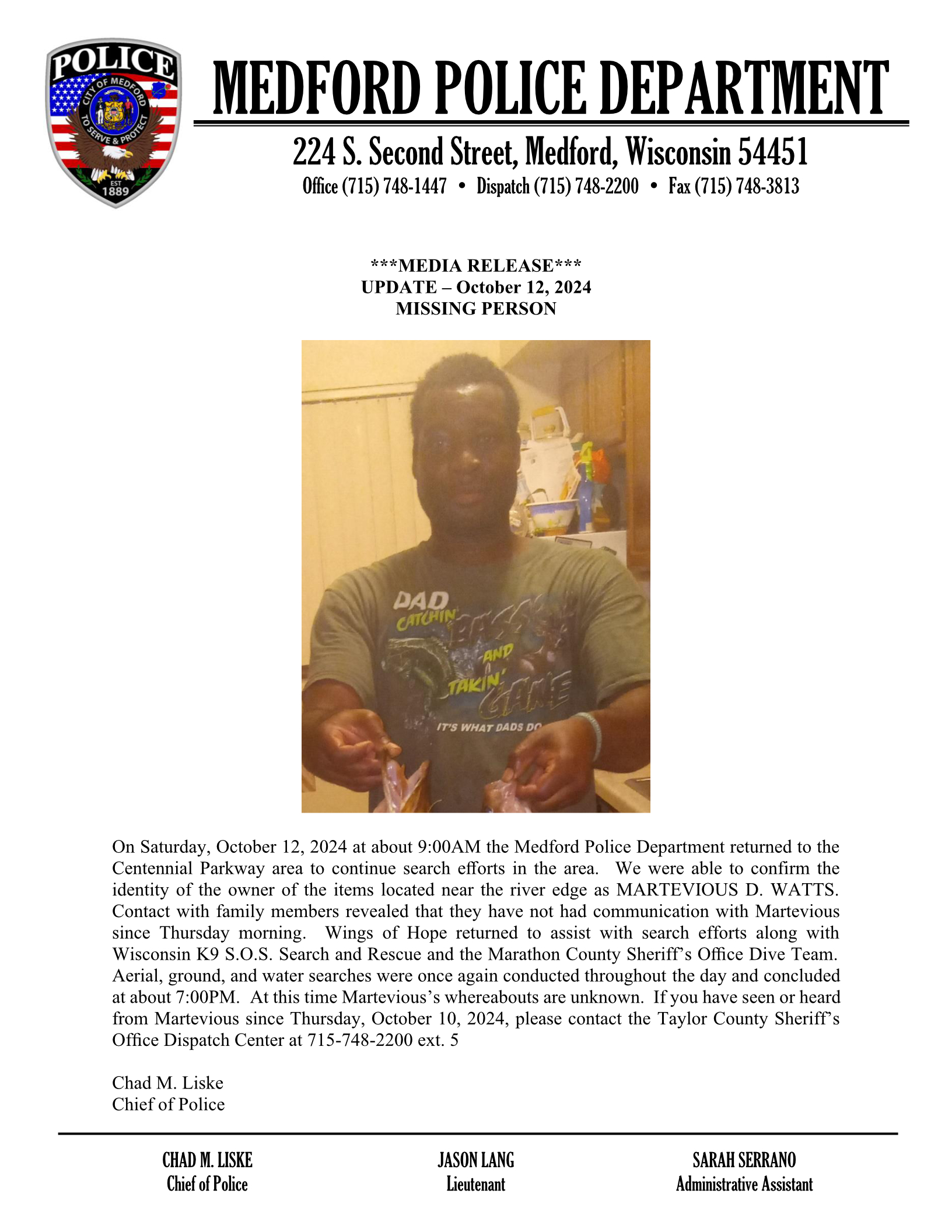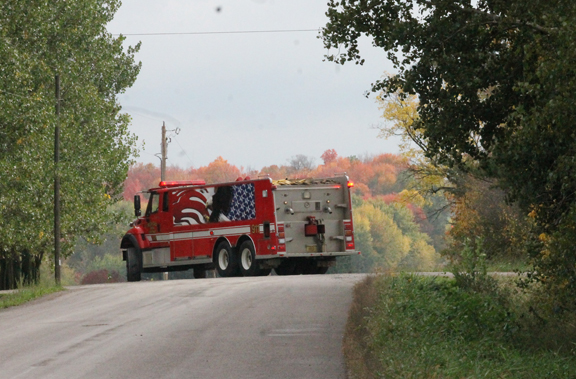Wisconsin COVID-19 death toll passes 1,000
In just over six months, Wisconsin’s COVID-19 death toll has surpassed 1,000 people, because of COVID-19. Since early July, the average number of deaths and the seven-day average of new cases have been increasing.
“Even one death from COVID-19 is one too many,” said Gov. Tony Evers. “To all the Wisconsinites dealing with the loss of a family member, a friend, a coworker or a neighbor, I express my deepest condolences. Know that our hearts and thoughts are with you, and we are going to continue doing everything we can to fight this virus that has already taken the lives of so many across our state.”
The seven-day average was only two deaths reported per day, as of July 7, but nearly one month later, the seven-day average was eight deaths reported per day. Out of Wisconsin’s 72 counties, 52 have reported at least one COVID-19 death.
“COVID-19 is present in every corner of Wisconsin, and it is up to each of us to do our part to stop the spread,” said Wisconsin Department of Health Services (DHS) secretarydesignee Andrea Palm. “Boxing in the virus will help prevent deaths, and that means following best public health practices: staying home, wearing a cloth face covering or mask, practicing physical distancing and washing your hands thoroughly.”
As Wisconsin passes the unfortunate milestone, it is important for Wisconsinites to take care of their emotional and mental health, as part of their overall health and well-being. In April, the DHS launched the Resilient Wisconsin initiative, to provide stress-reduction strategies and behavioral health resources.
“I know the news of 1,000 deaths in Wisconsin, has affected me and all of us at DHS, just like the rest of the state,” said Robin Matthies, Trauma and Resilience Program manager in the Division of Public Health. “Please remember – it is okay to ask for help if you’re struggling with this news or any stressors, due to COVID-19 or otherwise. Practicing selfcare isn’t selfish – it’s a best health practice, just like washing your hands and wearing a face covering.”
The DHS continues to closely monitor data in order to better understand how the virus impacts communities. If someone is experiencing symptoms, even if mild, or have been in contact with someone who has tested positive, get tested. Visit the DHS testing webpage to find a community test site nearby, and visit the Resilient Wisconsin webpage for more behavioral health resources.



